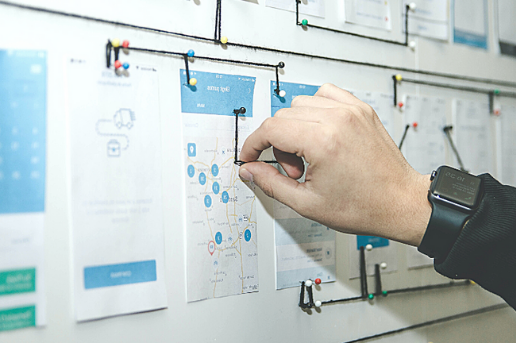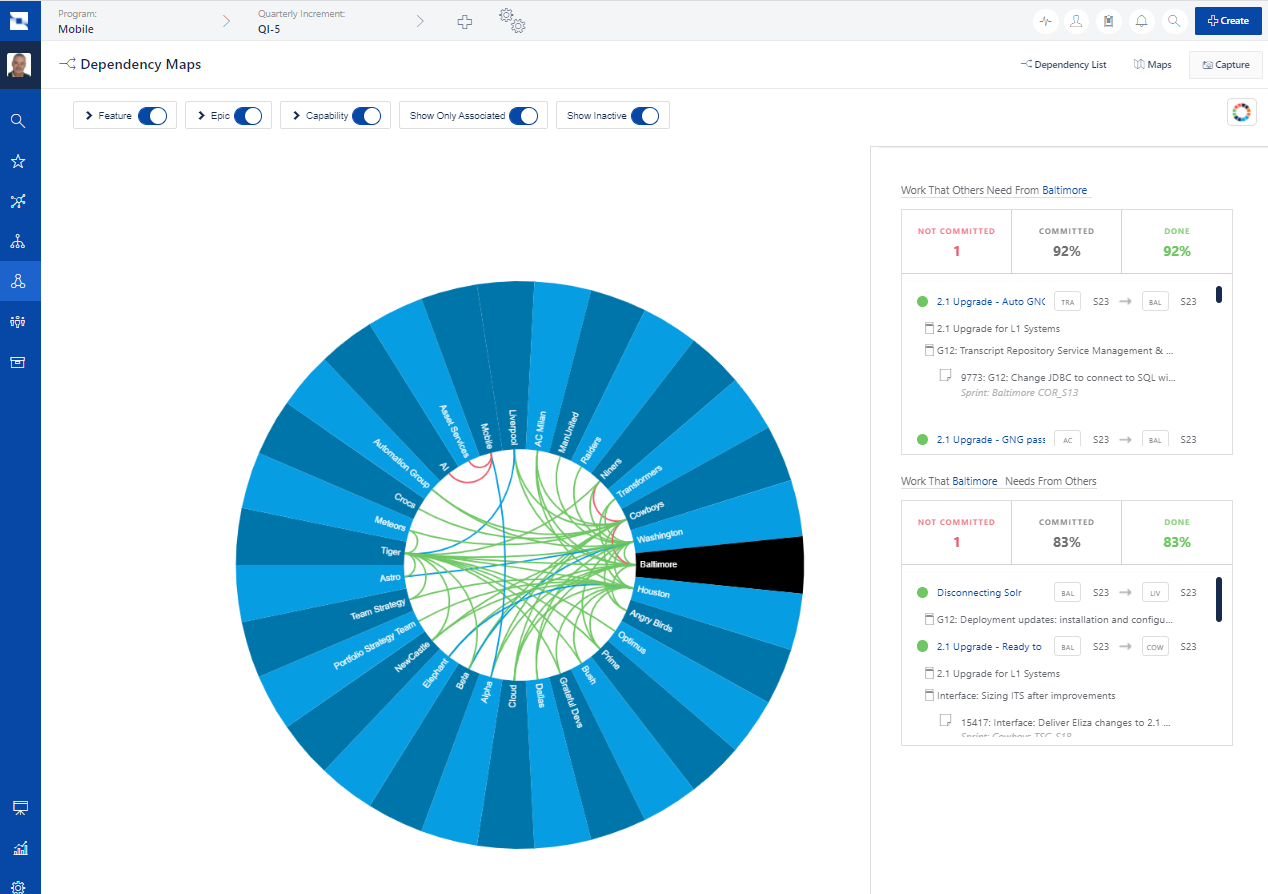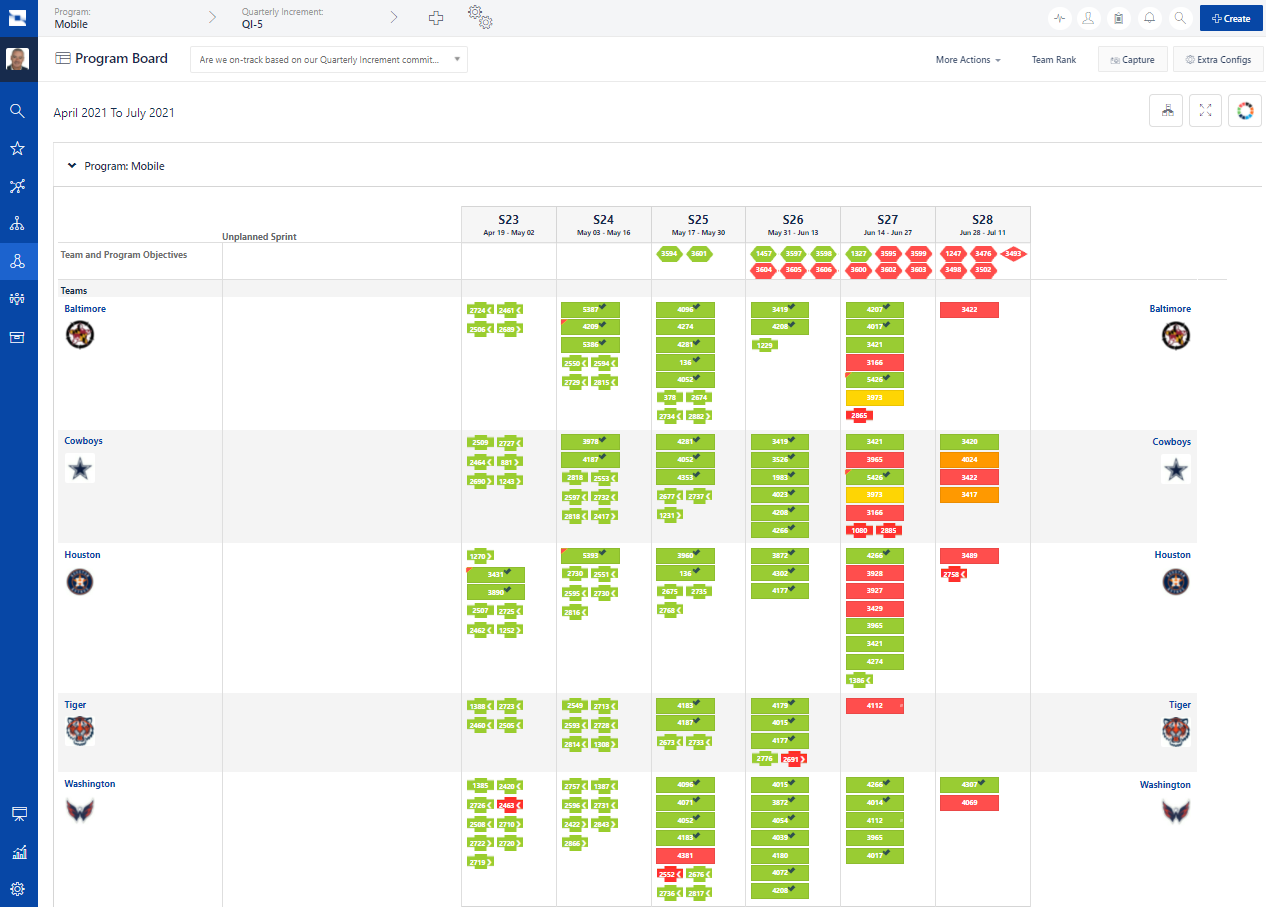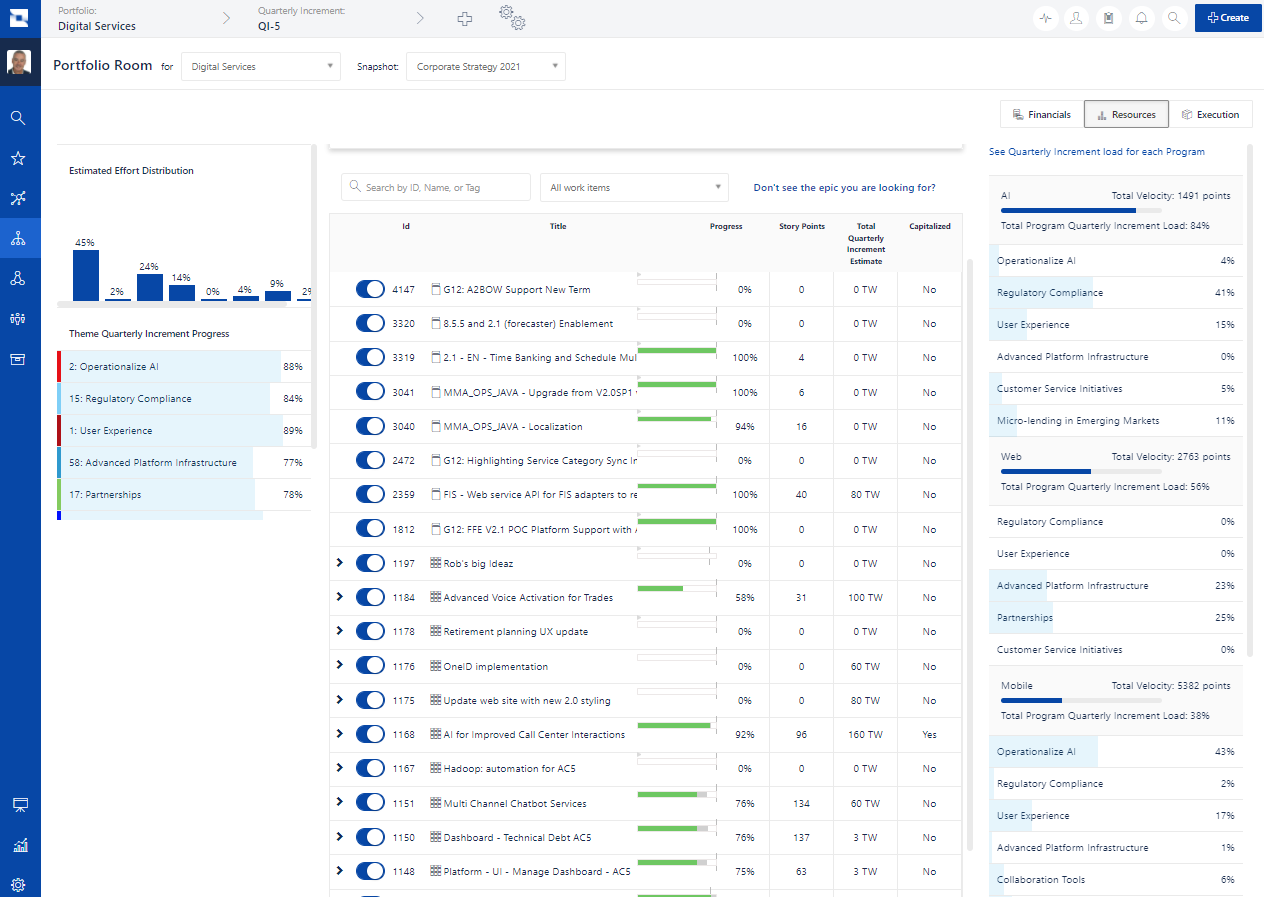
Jira Align, discover our new Lean Enterprise Agility solution
In our experience, the main problems and obstacles that organisations face when they try to scale agility beyond the team level can be summarised as follows:
- Insufficient management support and leadership to drive transformation in the organisation.
- Focusing primarily on agile practices, neglecting the mindset and associated behaviours, such as the lack of empowerment of key roles to take responsibility for real-time decision-making in their area.
- Poor visibility and synchronisation across the entire organisational structure.

With our Lean Enterprise Agility solution we co-create and co-lead the client’s efforts to transform the way they work as an organisation. By “transform”, we mean that the client needs to go beyond just team agility. Rather, their goal is to achieve broad organisational agility, enabling them as an organisation to have the adaptability and flexibility to meet their market and an ever-changing technology environment and ultimately to have the ability to get ahead in that environment.
To this end, we will work on adaptability under our integral approach to agile transformation, which means that we will approach the client from various perspectives, achieving an integral evolution in the 4 quadrants indicated below, according to the different levels of maturity.
- Leadership & Mindset: for agile transformation to succeed, there is nothing more important than leadership. Our client’s leaders cannot delegate this level of change. Here we will work with aspects such as intentions, values, feelings, emotions, and more generically, people’s mindset and inner experiences.
- Practices & Behaviour: because the way we develop products has evolved so much, and because there are many types of users, different types of organisations and different perspectives of what “value” means, addressing how we evolve the way we design and build products (software product, generally) is an important factor to consider in this quadrant. In fact, the practices and behaviours we follow to develop products and innovate is the main element of this quadrant.
- Organisational Architecture: the structures and environments that our client creates for work can limit or enhance the culture and mindset. In other words, they can limit or enhance how adaptable the organisation can be in the face of significant change or to achieve significant organisational agility. For agility at scale for our clients to be possible, they will need to design their structures and systems to be flexible and optimised towards value creation. Here we will work with our clients on elements such as organisational policies, organisation chart, systems, workflows, how initiatives and structures are funded, governance model, etc.
- Organisational Culture & Relationship: working with our clients on the fundamental principles of agile, such as collaboration, sharing, transparency and accountability, is fundamental in this quadrant. Helping our client move from a non-agile to an agile environment will require a significant change in the DNA of their organisation. Our client’s leaders must understand how collective beliefs create relationships, culture and systems (and vice versa). They must also understand how people feel and how central and/or deep emotions run in order to build the right culture.
Under this comprehensive approach to agile transformation, we build our end-to-end value proposition, which, based on a comprehensive personalised assessment of the organisation, shows us its degree of maturity and allows us to give a professional recommendation on the type of change the organisation is ready for. This recommendation will materialise in a Change Plan, with the different lines of development to be worked on in each quadrant, and which will ultimately enable the organisation’s capacity to scale agility.
Either because our Lean Enterprise Agility solution has provided the client with the capacity to scale agility, or because the client has a sufficient level of maturity to be able to scale agility, they will need the right tool to make this possible.
It is in this context that Atlassian’s Jira Align emerges, which supports the main scaling frameworks, especially SAFe, and makes it possible to scale agility by providing us with certain capabilities.
Jira Align connects Strategy to Execution.
Jira Align, at the Strategic level, facilitates the definition of the organisation’s Mission, Vision and Values. From there we can formulate the business strategy, which will be materialised by defining the Strategic Objectives, as well as the Strategic Themes that will enable the achievement of these objectives.
Once the business strategy has been formulated, Jira Align facilitates, at the Portfolio level, the creation of the backlog of Epics, those major initiatives connected to the Strategic Themes and which will make it possible to achieve them. The Epics are governed in the Portfolio Kanban, and in the hands of the Epic Owners, together with the Business Owners, Architect and Product Managers, they are analysed, the MVP identified and prepared for approval, in which case they will pass to the portfolio backlog where they will begin to be broken down into their daughters, the Features.
This is easy to do in Jira Align, and along the way, the Product Manager begins to feed and prioritise the Feature backlog at the Programme level. Together with the Product Owners and the Programme/Product teams, they will refine the Features that are the subject of the next Programme Increment Planning. In this session, the digital Jira Align Program Board will be used to plan the delivery of the Features, together with their Dependencies, for each team, as well as the Targets and Milestones. The Program Board will also be used during the course of the programme increment as it becomes a real-time alert dashboard that allows the Product Manager and the RTE to identify and resolve situations that jeopardise the planned delivery of the Features.
Once the Programme Increment Planning is complete, the next thing that happens is that the teams working in Jira, plan the Sprint and start delivering their work.
Jira Align allows us to make all the work visible at the different levels of escalation.
Jira Align offers at each level of escalation, whether at the Programme, Portfolio or Strategic level, an information radiator, the Room, where you get full visibility. The Room is a configurable dashboard made up of different panels that can be enabled or disabled, and can be placed in any of the available spaces, either on the left, right or centre of the screen.
In the case of the Programme Room, we will be interested in knowing everything that is happening at the level of a specific programme. Valuable information that we are interested in knowing is the scope, progress and capacity of the Programme, as well as the progress of the teams participating in the Programme and the situation of the Programme’s Objectives, Units and Risks, among others. The information is complemented by the progress of each of the Features, along with their daughters, the Stories.
Jira Align also offers a checklist feature that provides an excellent way to instil best practice when implementing new processes. This checklist will guide the user through each step in that process, allowing it to be ticked off when completed. It also allows you to incorporate your own documents and videos to accurately reflect the processes you are implementing.
And in the Portfolio Room we will be interested in what is happening in the area of Strategic Themes and Epics. We will see this in three different views that focus on Execution, Resources and Finance. For example, the Resources view helps us understand the effort we are putting into each of the Strategic Themes and the progress so far on that work. It also allows us to understand what is being worked on in each of the Programmes under the Portfolio, and the effort being put into each of the Epics, along with their daughters, the Features.
In addition to these two Rooms, we can find the Strategic level Room and the Product Room.
Finally, mention should be made of the more than one hundred reports that Jira Align offers in the Reports option, organised by categories to facilitate your search.




